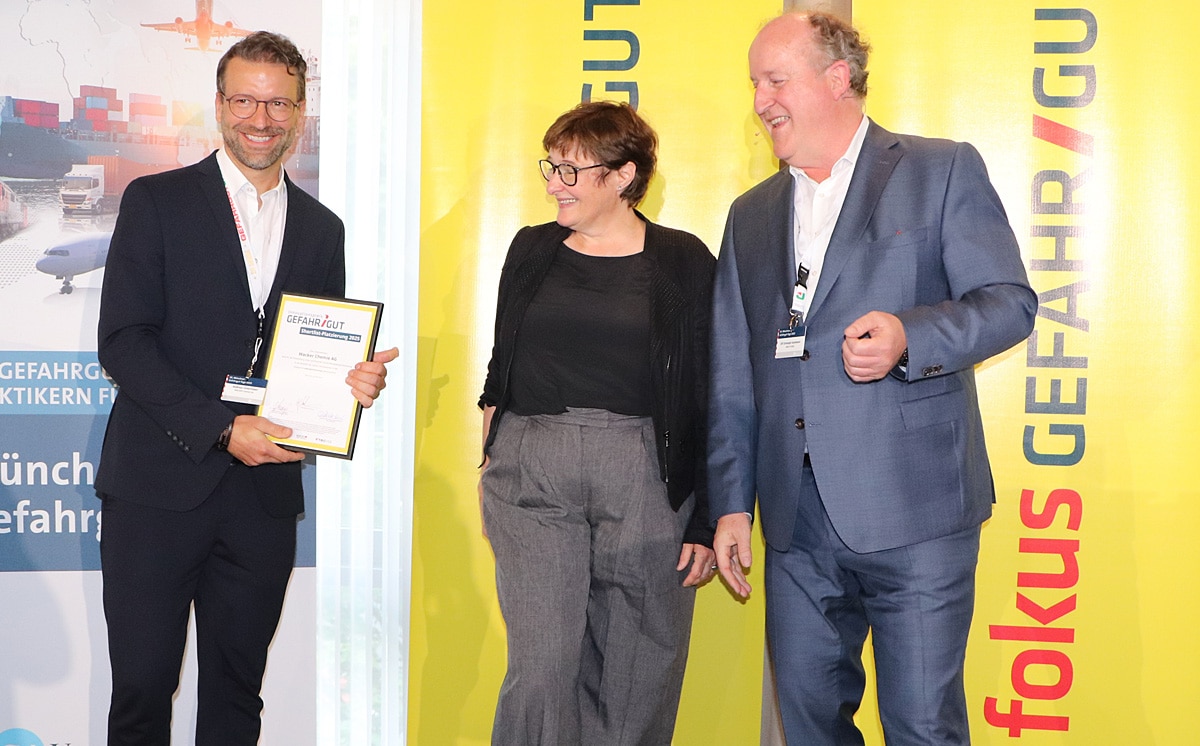
Now 10% off all Ergolash lashing straps save now! Voucher code: ergo10 | Valid until 31.05.2025
Some of you may know the saying:
“In court and on the high seas, you are in God’s hands”.
This expresses that you are helpless and have no influence on what is happening.
This applies in part to sea transportation. Probably the oldest load securing regulations already existed in seafaring.
Everything had to be lashed down and stowed tightly to prevent the cargo from shifting, making the ship unstable and possibly even sinking.
Since today’s ships still float according to the same physical principles and the sea with its manifestations of wind, waves and currents cannot be assessed 100% correctly even with the latest technology, safety factors must be used.

The CTU Code 2015 describes this in detail in Annex 7, Chapter 2.4.
That brings us to MSL and LC. MSL stands for “Maximum Securing Load” and LC for “lashing Capacity” or lashing capacity.
The MSL corresponds to the LC. The abbreviation MSL is mainly used in maritime transport, while the abbreviation LC is generally used for land transportation.
These abbreviations represent load values for securing equipment or devices that must not be exceeded when securing loads.
They are usually specified in kiloNewtons (kN). The securing devices can be ropes, chains or belts, but also attachment points on vehicles or lanyards.
The basis for determining the MSL or LC is the respective breaking force. In other words, the force at which the securing device or equipment fails.

Here is an example of a broken shackle that had a breaking load of 306 kN and was loaded far beyond the permissible MSL.
The maximum load should have been 153 kN.

Example of an iron bar that is constricted by stretching and then breaks off.

This information is based on the: Guidelines for the proper stowage and securing of cargo during carriage by sea (Resolution A.714(17)) (CSS Code).
This is a detailed set of rules with calculation examples for specific loads. Another factor is introduced there.
The safety factor CS (Calculated Strength) for complex load securing situations in order to compensate for the uneven distribution of the acting forces.
When calculating these difficult charges, it can assume the following values:
The CS value is calculated by dividing the MSL by the assumed factor (1.5; 1.35 or 1.2).
Care should always be taken to ensure that the securing devices have a comparable elongation, are as similar as possible and are not routed over rough surfaces or sharp edges.
In terms of elongation, the effective lengths should not differ too greatly.
Interested readers can find more information or download the CSS code under the link: https://www.tis-gdv.de/tis/ls/inhalt3-htm/ on the TIS-GDV website for further information or to download the CSS code.
For the normal shipper, who merely stows the cargo in the container , the above explanations are merely background knowledge in order to be able to correctly classify and understand the various designations and abbreviations.
Yours, Sigurd Ehringer
<< Previous Post
Episode 25: What types of lashing are there for load securing?
Next Post >>
Episode 27: What about the lashing angles?

Sigurd Ehringer
✔ VDI-zertifizierter Ausbilder für Ladungssicherung ✔ Fachbuch-Autor ✔ 8 Jahre Projektmanager ✔ 12 Jahre bei der Bundeswehr (Kompaniechef) ✔ 20 Jahre Vertriebserfahrung ✔ seit 1996 Berater/Ausbilder in der Logistik ✔ 44 Jahre Ausbilder/Trainer in verschiedenen Bereichen —> In einer Reihe von Fachbeiträgen aus der Praxis, zu Themen rund um den Container und LKW, erhalten Sie Profiwissen aus erster Hand. Wie sichert man Ladung korrekt und was sind die Grundlagen der Ladungssicherung? Erarbeitet und vorgestellt werden sie von Sigurd Ehringer, Inhaber von SE-LogCon.
Rothschenk assortment
Our customer center has only one goal: to turn your problems into solutions. Whether standard stowage cushions, bestsellers or load securing personally tailored to your needs -. we accompany you consistently from A as in field service to Z as in certification. That is our promise to you, as a leader in our industry.
We attach great importance to professional cargo securing. That is why we have our own production, which ensures reliable operation through modern manufacturing technologies and strict quality control. Thus, we offer our customers a comprehensive and high-quality range of services in the field of transport logistics.
DIN ISO 9001:2015, EMAS and Ecovadis are not foreign words to you? Then it's time to work with the best.
You don't take any risks with us - we have been awarded the Platinum Medal on the EcoVadis sustainability rating platform.
As a load securement company, we are proud to have several certifications that validate our sustainability efforts and our commitment to environmental protection and social responsibility. For you as a purchaser, this means that we demand and promote the implementation of high environmental and social standards both within the company and along the supply chain.
G&H GmbH Rothschenk
Industriestrasse 5 & 7-10
97239 Aub
Phone: +49 9335 97 15 – 79
Fax: +49 9335 97 15 – 15
E-mail: info@rothschenk.de
Collection/delivery
Mon – Fri: 8:00 – 15:00
Office hours
Mon – Thu: 8:00 – 17:00
Fri: 8:00 – 13:00
G&H GmbH Rothschenk
Industriestrasse 5 & 7-10
97239 Aub
Phone: +49 9335 97 15 – 0
Fax: +49 9335 97 15 – 15
E-mail: info@rothschenk.de
Collection/delivery
Mon – Fri: 8:00 – 15:00
Office hours
Mon – Thu: 8:00 – 17:00
Fri: 8:00 – 13:00
You are currently viewing a placeholder content from Google Maps. To access the actual content, click the button below. Please note that doing so will share data with third-party providers.
More Information